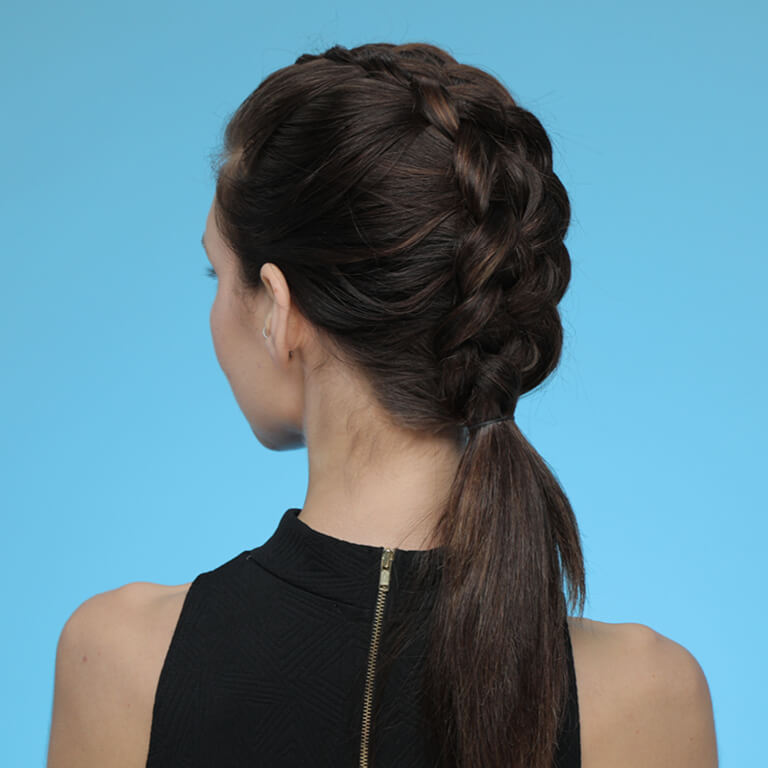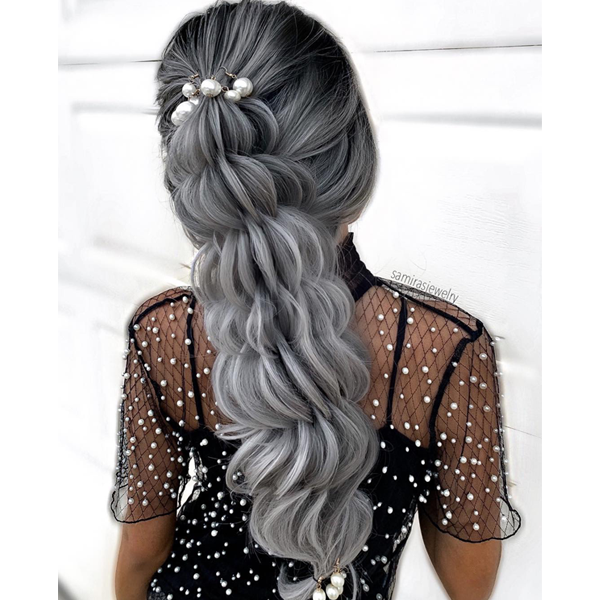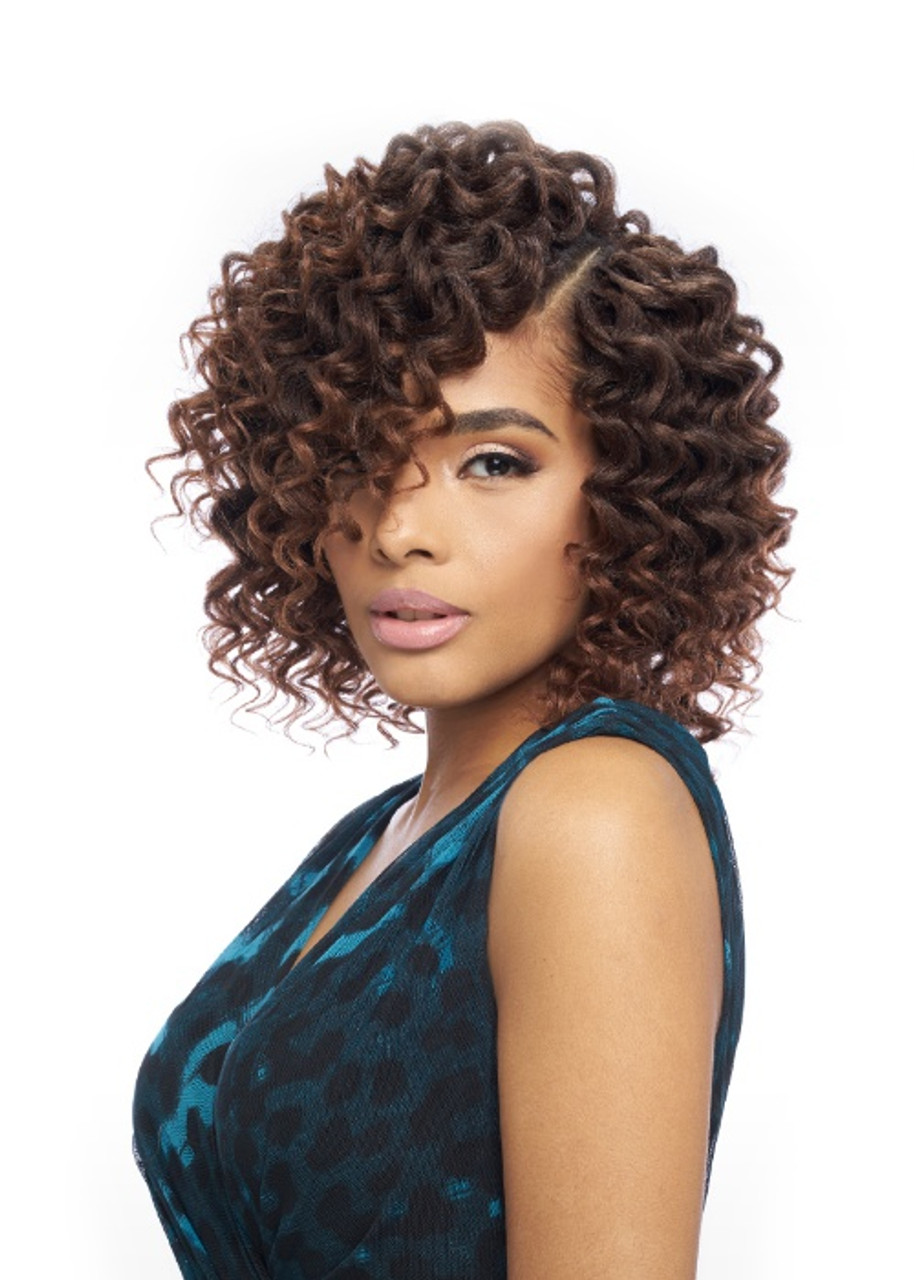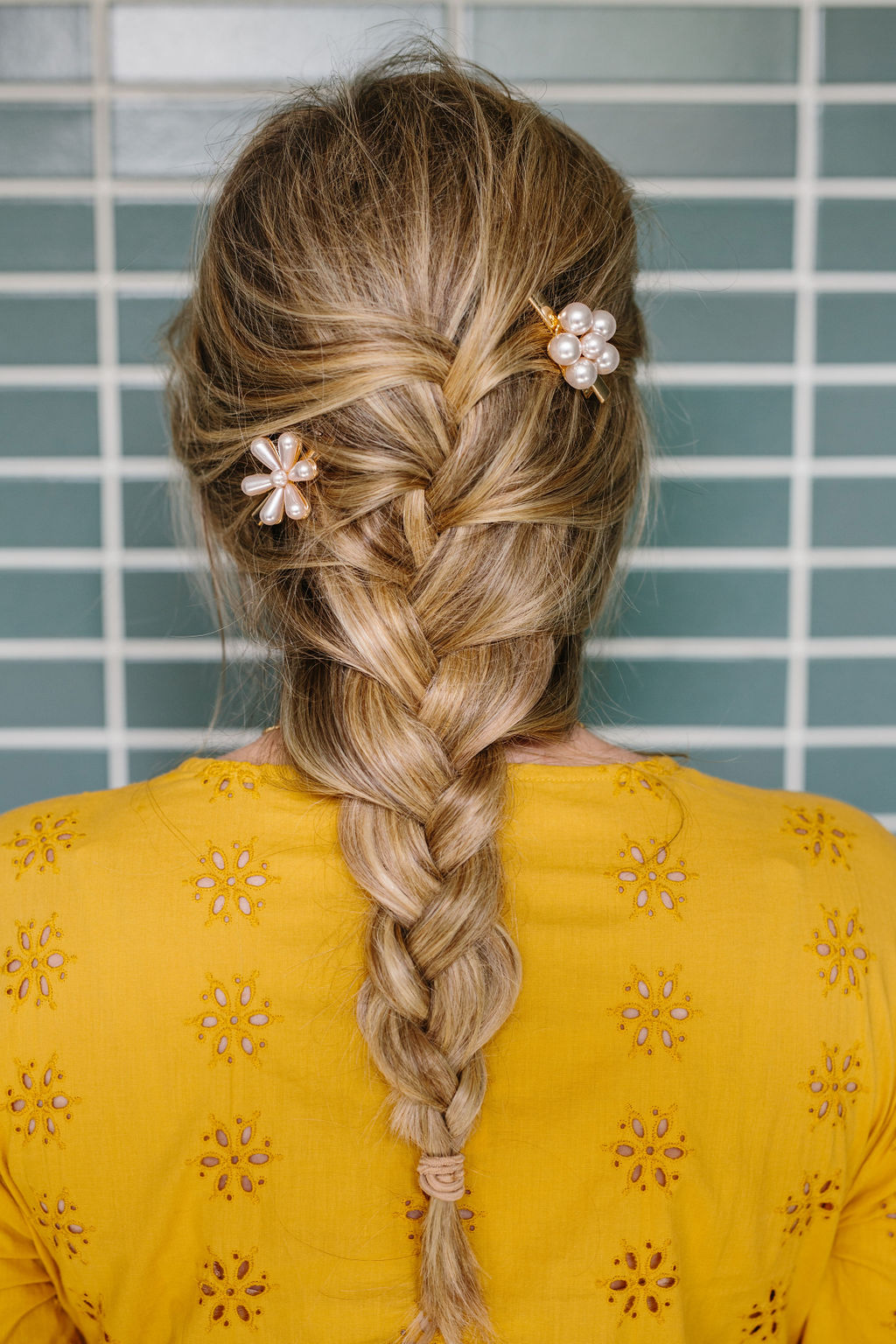Braid

Welcome to the Braid Wiki! The wiki about Braid, the video game, that anyone can edit. There are currently 73 articles in total. If you need any help, have any questions, or simply want to introduce yourself, feel free to contact the site admin Puggsoy. Note: Please take a look at the Manual of Style before editing or making an article. Want to add an article? To write a new article, just. Knotless Box Braids Parting Tutorial Used:Rat tail comb Brush Shine. Braids are a really easy way to try out a bright, bold hair color without needing temporary hair dye. As you braid, just weave in some hair extensions in whatever shade you want for a little pop of.
Braided fishing lines have become very popular during the past few years. They work well in certain fishing situations and are extremely strong. They do have some drawbacks that outweigh the benefits at times, though.
How They Are Made

Braids For Girls
Braids are made by braiding or weaving fibers of a man-made material like Spectra or Micro-Dyneema into a strand of line. This makes a very strong, tough line that is very abrasion resistant. This line is so strong that you have trouble breaking it when you get hung up. A fish is very unlikely to break it although the teeth of some species, like pike and muskie, can cut it.

One of the braid's biggest problems is tying knots in it. It is very slippery and you must tie the right knot, and tie it right, or it will slip and come undone. Most folks use a Palomar knot and it works well. If you tie an improved clinch knot, make sure you wrap it seven times. With either knot, leave a little bit of tag end when you finish knot. Don’t cut it off close to the knot. Some people even put a drop of super glue on the knot so it won't slip.
Braids are very visible in the water. For that reason, many fishermen do not like it in clear water. It may spook the fish, especially on finesse baits where you are trying to entice a fish to bite a lure they can see for a long time. You can put a leader on the braid but that involves an extra knot between you and your bait, one more place that can fail.

Some folks say braids will cut into rod guides, especially the more inexpensive ones. If you use it you should make sure your rod can handle it. Braids will also bury themselves on the reel spool. To avoid this, spool the line tightly and set the drag light enough so it slips on the hook set.

Cutting braids can be tough. Most fishermen that use them carry scissors to cut them since clippers don't work very well.
Even the sound braid makes in rod guides bothers some folks. It “sings” when you reel it in fast or when a fish pulls drag. Many braids also get a fuzzy look to them as they wear. It does not make them weaker but many people do not like the way it looks.
Braids have a small diameter, are very limp and don't have any memory. They float so they can be good for topwater baits, but they have very little stretch so it is possible to pull the bait away from a fish. And you must have drag set so a fish does not rip the hooks out of its mouth if it makes a strong run right at the boat. You can even break your rod because of the lack of stretch if you set the hook too hard.
Braids are good when fishing heavy water vegetation like lily pads, hydrilla, water hyacinths, and cattails. The braid will cut through the stems of most of these plants, keeping the fish from tangling you up, so you will land fish that you would lose with other lines.
The lack of stretch in braids is good when fishing topwater baits on long casts. You can set the hook better with a lot of line out if it does not stretch. Using a monofilament leader removes the visible braid from the fish's vision. When fishing deep diving crankbaits the lack of stretch and small diameter helps get the plug down deeper. And when fishing a Carolina rig you can use a leader from the swivel to the bait and feel bottom cover and bites better while putting the braid out of sight of the fish.
Braids are good in many applications but not good for everything. Give them a try but be aware of their drawbacks.
WHAT A BRAID - Kumihimo Kits and more....
Braids Hairstyles
Welcome to WHAT A BRAID (aka WHAT A KNIT), a place to come for inspiration, creativity and learning. I am best known for a couple of things...a fun website, a creative and informative monthly newsletter and my KUMIHIMO KITS. I am a teacher at heart and writing patterns and putting together kits is my way of reaching out and sharing Kumihimo with as many of you as I can. My instructions, so I have heard, are written as though I am standing over your shoulder helping you. I hope you will have fun and find some new ideas & inspiration on my website, www.whatabraid.com. Thanks for taking a look!
Kumihimo is a Japanese form of braid-making. Cords, ribbons, silks and a variety of other fibers or combinations of fibers and beads are interlaced to form braids. Kumihimo braids can vary from simple to complex and all of them are beautiful. 'Braiding has enjoyed a very long history in Japan with evidence dating clear back to 7,500 BC. The styles and uses for the braids changed over time. Perhaps the greatest era for Kumihimo was during the Middle Ages when the Samurai suit of armor required up to 1,000 feet of braid to lace the panels together. In addition the braids were used for sword hilts, obi ties for kimonos, and even harnesses for horses.'
Happy Braiding, Karen Huntoon
Contact Info:
karen@whataknit.com
530-448-3624
.
Braided Ponytail
P.S. Don't forget to sign up for the What a Braid Monthly Newsletter. Click here to sign up.
